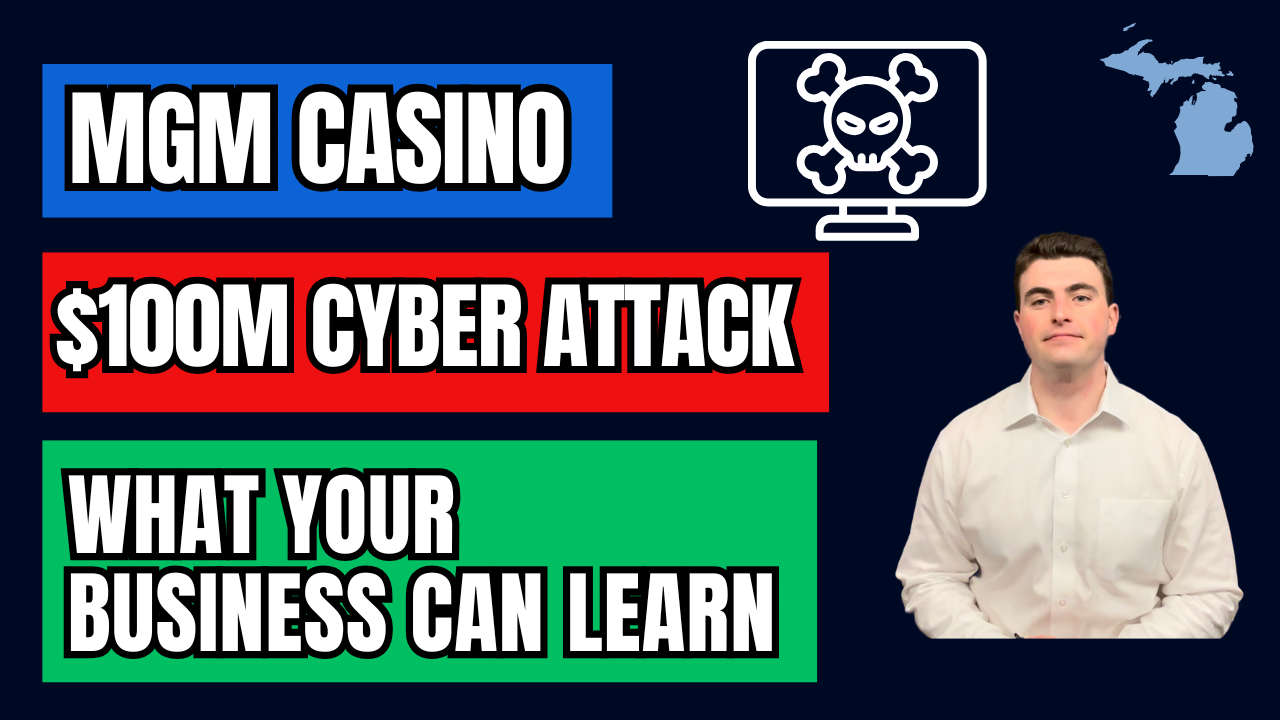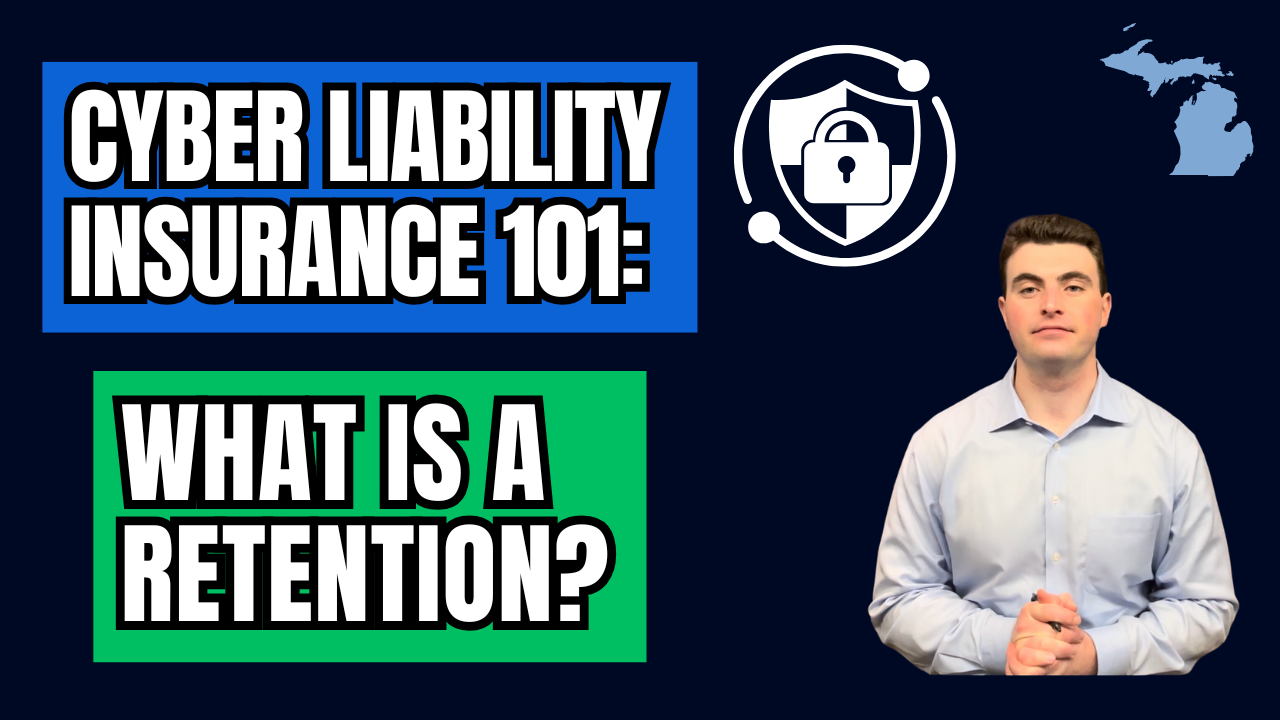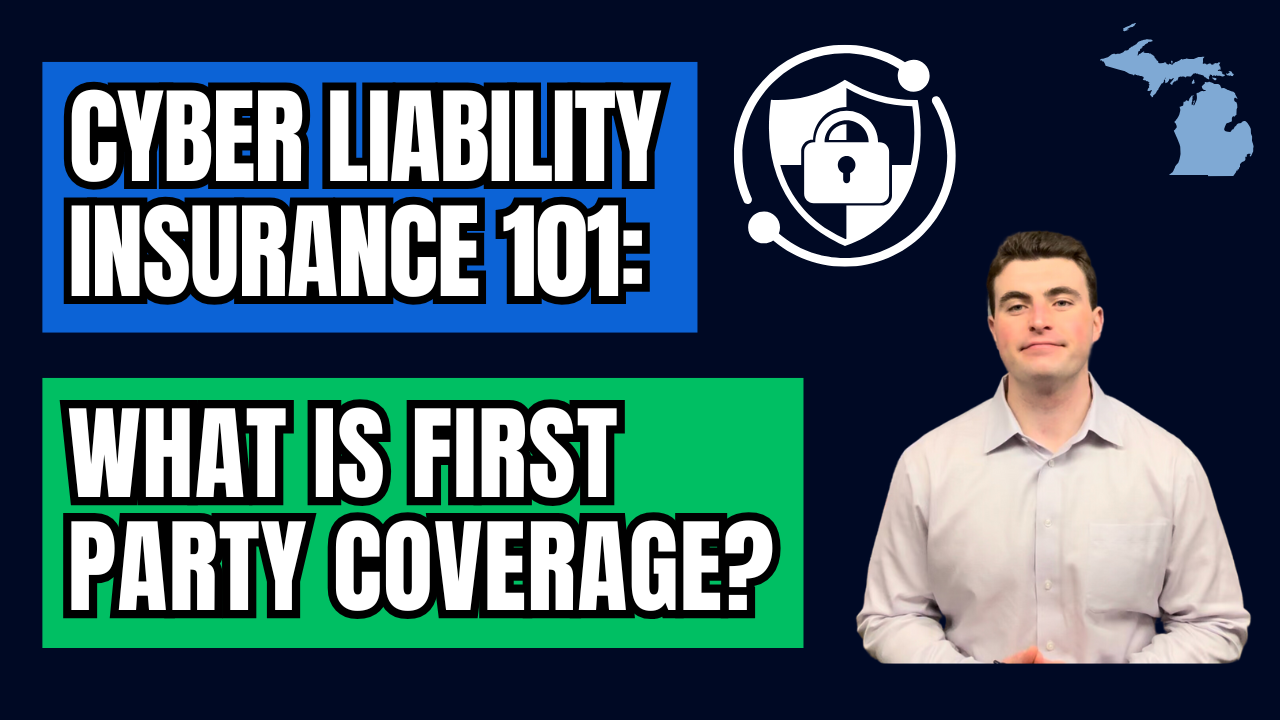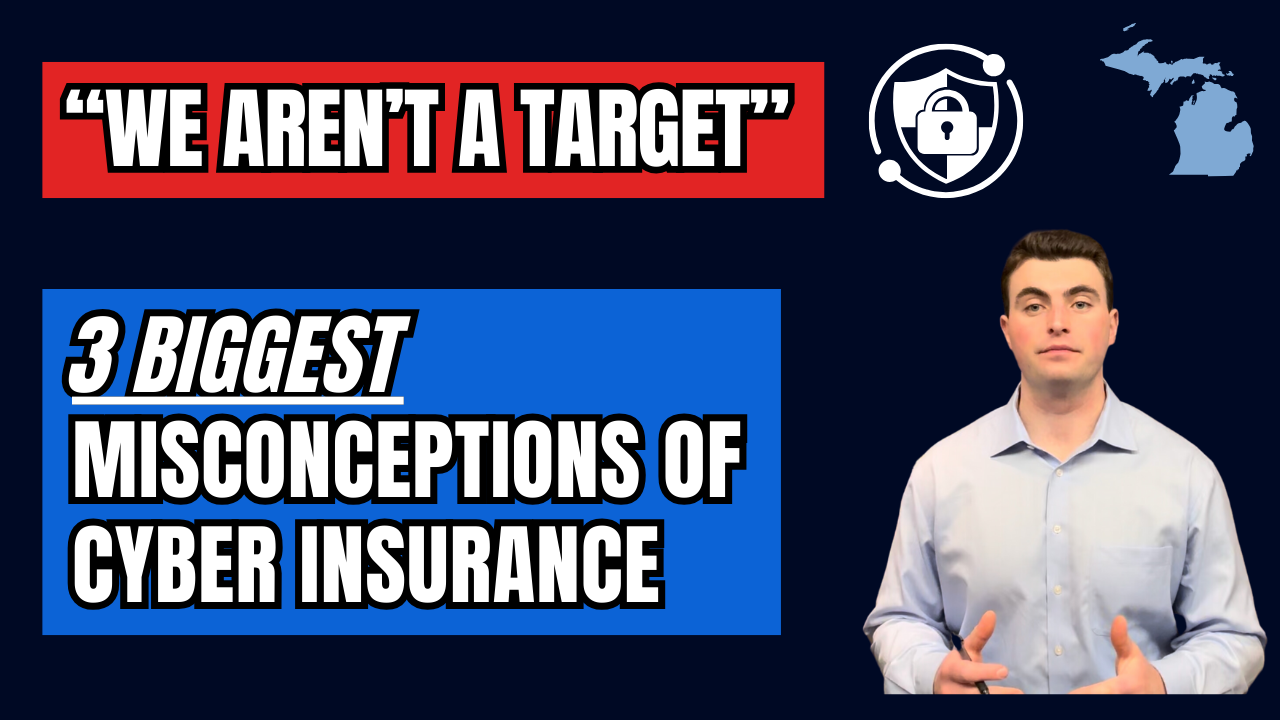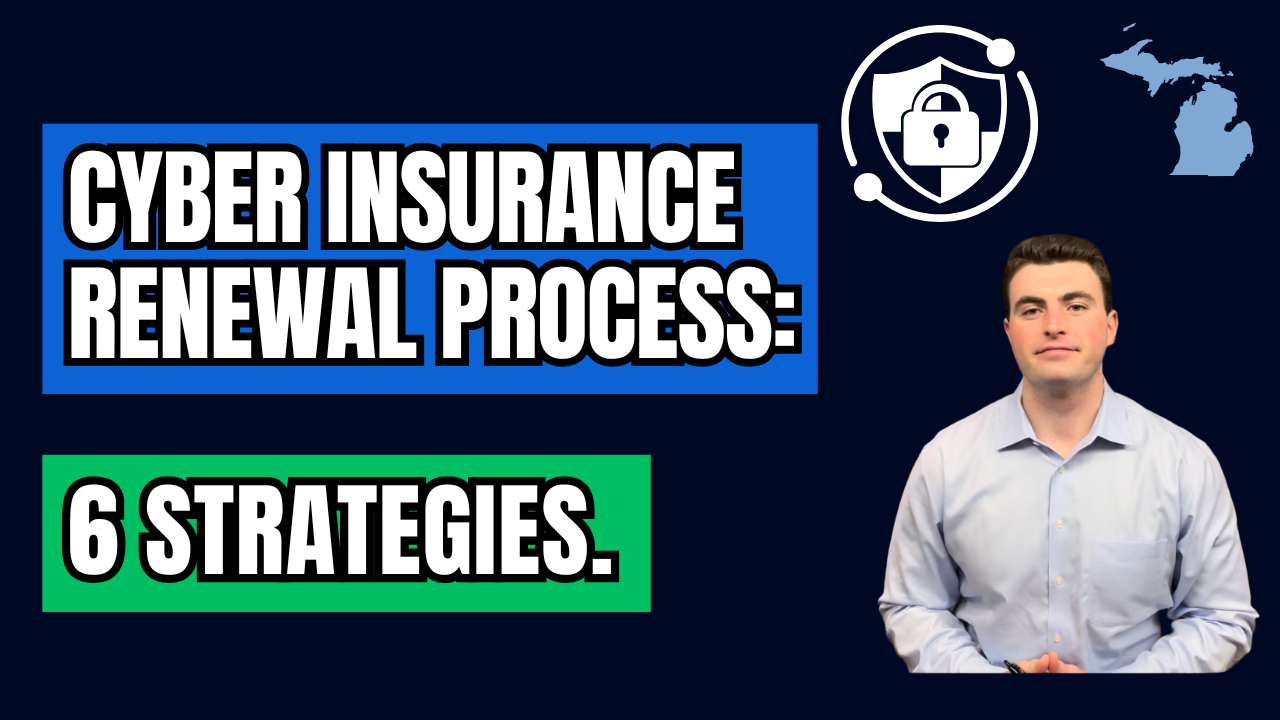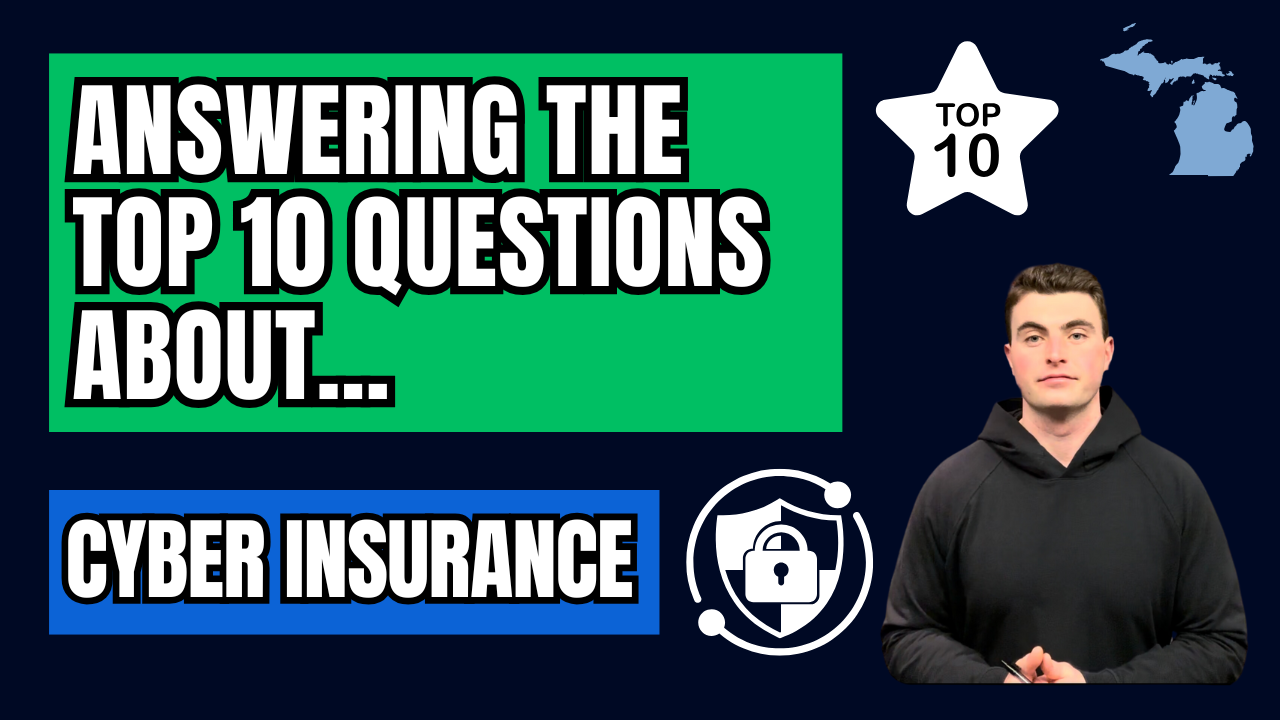What is Ordinance or Law Coverage? 4 Reasons To Have it. (Property Insurance 101)
What is Ordinance or Law Coverage? 4 Reasons You Need It on Your Property Insurance Policy
If you own commercial or residential property, having the right insurance coverage can make or break your financial recovery after a loss. One often-overlooked but critical part of a property insurance policy is Ordinance or Law Coverage, also known as Law & Ordinance Insurance.
In this article, we’ll break down what this coverage is, why it matters, and four key reasons you should consider adding it to your property insurance policy.
What is Ordinance or Law Insurance Coverage?
Ordinance or Law Coverage helps cover the additional costs required to bring a damaged property up to current building codes after a covered loss, such as a fire or storm. These costs aren't typically covered by a standard property policy, which only pays to rebuild what you had — not what’s now required by updated laws or ordinances.
Building codes change over time. If your property suffers damage and needs repairs or reconstruction, local ordinances might require you to:
- Use newer, more expensive materials
- Update plumbing, electrical, or structural components
- Or even demolish undamaged parts of the building to comply with code
Without Ordinance or Law Coverage, these extra costs come out of your pocket.
4 Reasons to Have Ordinance or Law Coverage
1. Compliance with Updated Building Codes
Local and national building codes evolve. What was acceptable 10, 20, or even 5 years ago may no longer be legal today. If you experience a partial or total loss, your city may require you to rebuild using current standards — not the outdated ones your building was originally constructed under.
Ordinance or Law Coverage helps pay for those mandatory upgrades, ensuring you're not stuck with unexpected expenses.
2. Coverage for Demolition and Rebuilding of Undamaged Portions
In many cities, if more than a certain percentage of your property is damaged (often 50% or more), you're legally required to demolish the entire structure — even parts that weren’t harmed.
Ordinance or Law Coverage includes:
- Demolition costs for undamaged portions
- Reconstruction costs to rebuild those areas to code
Without it, you’d be on the hook for demolishing and rebuilding parts of your building that insurance normally wouldn’t touch.
3. Specialized or Historical Buildings
If you own a historical property or a building with specialized features, updating it to meet current code can be extremely expensive.
For example:
- Using custom or historically accurate materials
- Hiring specialized contractors
- Meeting stringent preservation standards
Ordinance or Law Coverage helps bridge the gap between standard repair costs and the real-world cost of rebuilding something unique or historically significant.
4. Protection from Costly Partial Losses
Even if your property doesn’t suffer a total loss, a small fire, burst pipe, or other minor damage could still trigger code upgrades.
For example:
- A fire damages a portion of your building’s electrical system
- Code requires that the entire system be upgraded, not just the damaged part
This type of situation happens more often than you’d think — and it can be expensive. Ordinance or Law Coverage ensures you're protected even when the loss is relatively small but triggers costly code compliance.
Final Thoughts
Ordinance or Law Coverage is one of the most valuable property insurance endorsements you can carry — yet many property owners don’t realize they need it until it’s too late.
Whether you own:
- A small retail building
- A multi-unit apartment
- A specialized or historical property
- Or even a single-family rental home
...you should seriously consider adding this coverage to your property policy.
Protect yourself from the hidden costs of rebuilding to code. Talk to your insurance advisor today to make sure your policy includes Ordinance or Law Coverage.
📞 Need help reviewing your commercial property insurance policy or understanding your coverage options? Contact us today — we’re here to help.
Contact Us
We will get back to you as soon as possible.
Please try again later.


